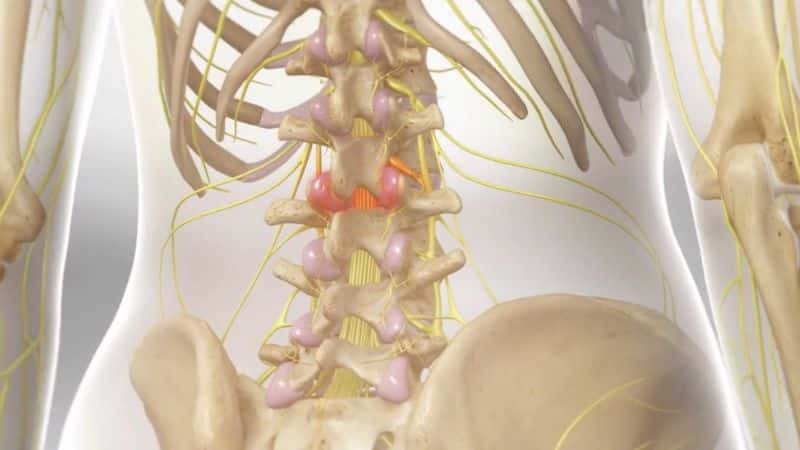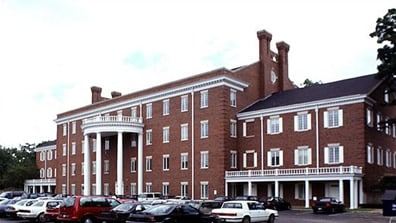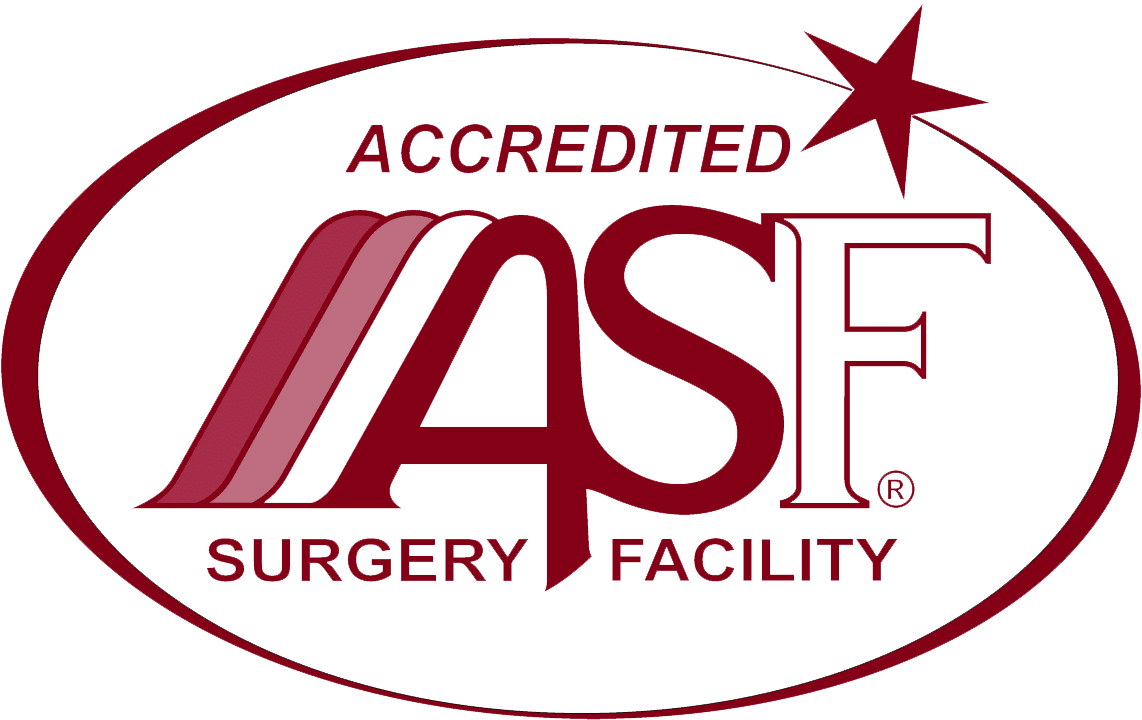At Pain & Spine Institute, we understand how chronic lower back pain can significantly affect your daily life, making even simple tasks a struggle. One of the most effective treatments we offer for long-term relief from this type of pain is lumbar radiofrequency neurotomy in Joliet, IL. This minimally invasive procedure targets the root cause of your pain by disrupting pain signals sent from the facet joints in your spine to your brain, providing relief that can last for months.

What is Lumbar Radiofrequency Neurotomy?
Lumbar radiofrequency neurotomy is a specialized treatment that uses heat to interrupt pain signals traveling along the medial branch nerves of the spine. These nerves are responsible for transmitting pain from your facet joints — the joints in your spine that allow you to twist, bend, and move. When these joints become irritated due to arthritis, injury, or wear and tear, they can cause chronic pain that doesn’t respond to more conservative treatments, such as physical therapy or medications.
Before recommending lumbar radiofrequency neurotomy, your doctor may perform a medial branch block to diagnose the source of your pain and determine if you are a suitable candidate for the procedure.
This procedure is typically recommended for patients who have not found relief from other treatments. It’s an outpatient procedure, meaning you’ll be able to go home the same day. It’s minimally invasive, with only a small needle used to deliver the heat that disrupts pain signals. Because it targets the medial branch nerves specifically, lumbar radiofrequency neurotomy offers focused, long-lasting relief from chronic lower back pain.
How the Procedure Works
Lumbar radiofrequency neurotomy is performed by one of our specialized doctors in a controlled environment, typically at our facility in Joliet, IL. Here’s a step-by-step breakdown of how the procedure works:
- Preparation: Before starting, you’ll receive local anesthesia to numb the area and keep you comfortable. Some patients may also receive light sedation to help with relaxation.
- Needle Insertion: A thin, specialized needle is inserted into the area around the facet joints in your lower back. Using imaging techniques such as fluoroscopy (real-time X-ray), our doctor will guide the needle to the correct location.
- Heat Application: Once the needle is in place, radiofrequency energy is applied to the medial branch nerves that carry pain signals from the facet joints to the brain. The heat creates a small lesion on these nerves, which disrupts the transmission of pain signals.
- Completion: The entire process typically takes between 30 to 60 minutes. Afterward, you’ll rest for a short period before being discharged to go home the same day.
While there may be some mild discomfort during the procedure, most patients report that it is manageable and temporary.
Conditions Treated with Lumbar Radiofrequency Neurotomy
This procedure is highly effective for patients suffering from chronic lower back pain caused by various conditions, such as:
- Facet Joint Arthritis: Inflammation and degeneration of the facet joints can cause long-lasting pain that affects movement and quality of life.
- Degenerative Disc Disease: The breakdown of spinal discs can lead to pain that doesn’t respond well to traditional treatments.
- Facet Syndrome: A condition where facet joints become inflamed, causing pain that radiates to the lower back or even the legs.
- Herniated Discs: Pain from disc injuries or bulging discs can sometimes be alleviated by targeting facet joint-related nerve pain.
If you’ve tried physical therapy, medications, or other treatments without success, lumbar radiofrequency neurotomy might be the solution to help you regain your quality of life.
Preparing for and Recovering from the Procedure
At Pain & Spine Institute, we provide detailed instructions to help you prepare for and recover from lumbar radiofrequency neurotomy. Here’s what to expect:
Before the Procedure:
- Medications: Make sure to inform us of any medications you’re taking, as some may need to be paused before the procedure.
- Pre-Procedure Guidelines: You’ll be advised to avoid eating or drinking for several hours before your appointment.
- Transportation: Arrange for someone to drive you home, as you won’t be able to drive after the procedure due to sedation.
After the Procedure:
- Rest: We recommend avoiding heavy lifting, bending, or strenuous activities for at least 24 hours.
- Soreness: You may experience some soreness at the injection site, but this should fade within a few days. Over-the-counter pain relievers may help.
- Follow-Up: A follow-up appointment will be scheduled to assess your recovery and the effectiveness of the treatment.
Finding a Qualified Doctor in Joliet, IL
Choosing the right doctor is essential for a successful lumbar radiofrequency neurotomy. At Pain & Spine Institute, we are proud to have a team of board-certified specialists in physical medicine and rehabilitation. Our doctors have extensive experience in diagnosing and managing chronic lower back pain, particularly in performing lumbar radiofrequency neurotomy.
Here’s how you can find the right doctor for your procedure:
- Experience Matters: Look for a doctor who specializes in pain management and has performed numerous lumbar radiofrequency neurotomies.
- Board Certification: Ensure your doctor is board-certified in physical medicine and rehabilitation or pain management.
- Consultation: Schedule a consultation with us to discuss your pain, concerns, and expectations for the procedure. We’re here to help you understand every step of the process.
At Pain & Spine Institute, we’re committed to helping you lead a pain-free life. Call us today to schedule an appointment or to speak with our team about your options for treating chronic lower back pain.
Cost and Insurance Information
The cost of radiofrequency neurotomy can vary depending on several factors, including the location, doctor’s fees, and insurance coverage. On average, the cost of radiofrequency neurotomy ranges from $1,000 to $3,000 per procedure. This investment in your health can provide significant long-term pain relief, making it a worthwhile consideration for many patients.
Most insurance plans, including Medicare and Medicaid, cover radiofrequency neurotomy as a treatment for chronic pain. However, it’s essential to check with your insurance provider to confirm coverage and any out-of-pocket costs. Factors that may affect the cost include the number of procedures required, the location of the procedure (hospital or outpatient clinic), the doctor’s fees and expertise, the type of anesthesia used, and any additional treatments or medications required.
Discussing the cost and insurance information with your doctor and insurance provider will help you determine the best course of treatment for your specific needs, ensuring you receive the care you need without unexpected financial burdens.
Frequently Asked Questions
Relief typically lasts for 6 to 12 months, although some patients experience pain relief for up to two years. The procedure can be repeated if necessary.
The procedure itself causes minimal discomfort due to local anesthesia and sedation. Afterward, you may experience mild soreness at the injection site, but this should resolve in a few days.
No, you will need someone to drive you home after the procedure, as the sedation used may affect your ability to drive.
Alternative treatments include physical therapy, medications, injections such as medial branch blocks, or surgical options, depending on the severity of your condition. One such alternative is a medial branch block, which can help diagnose and sometimes treat pain originating from the facet joints.


